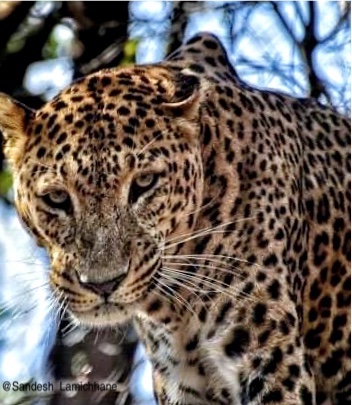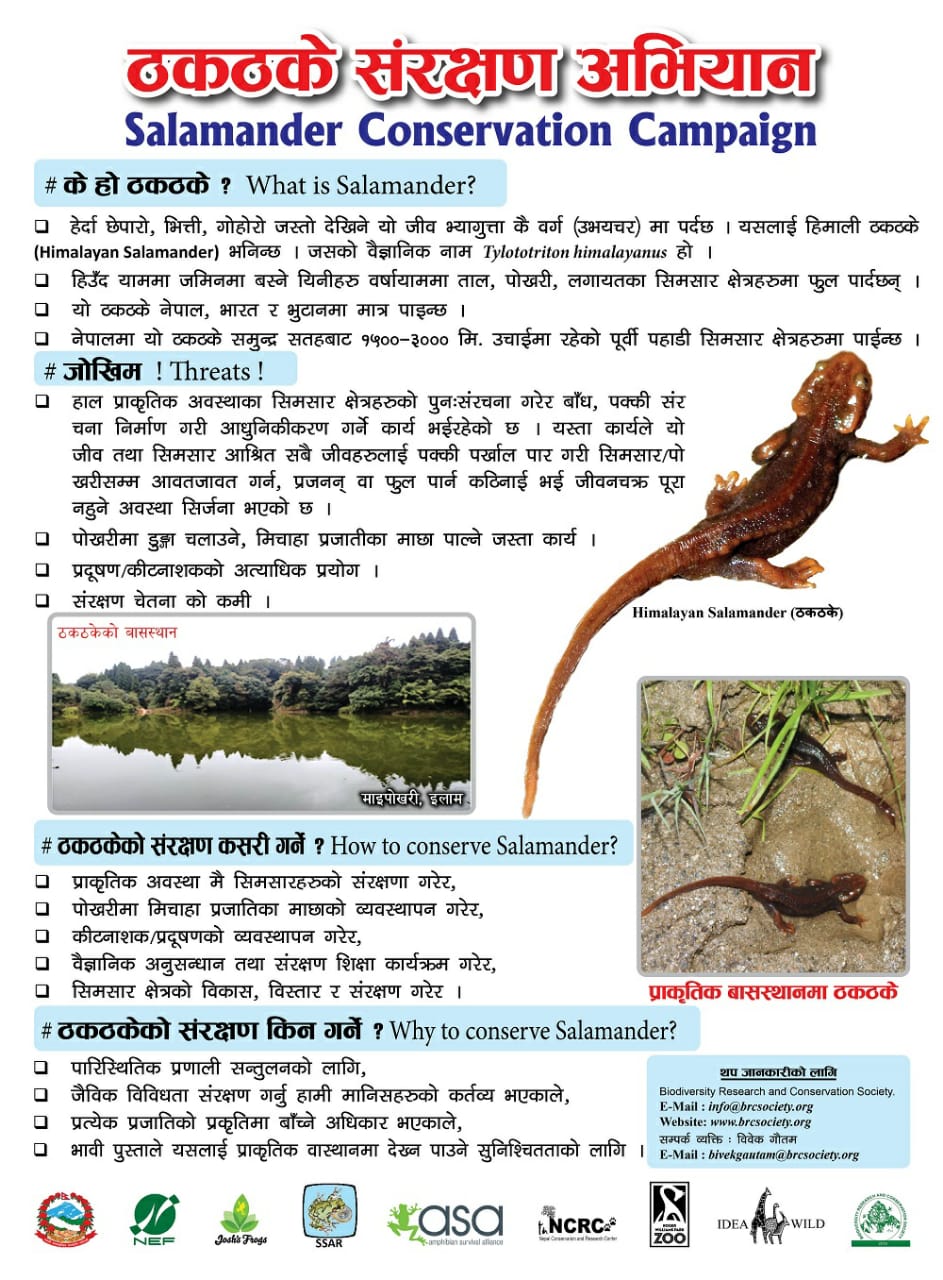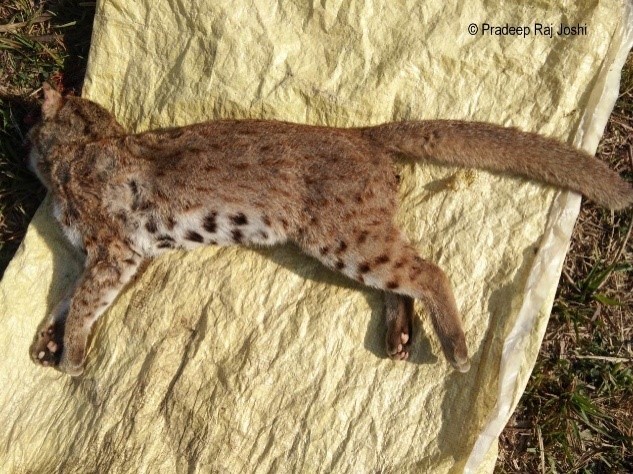Ecology and Conservation of Common Leopard (Panthera Pardus)
Need for Human-Leopard Co-existence in and around Annapurna Conservation Area, Nepal.
Project highlight
Principal investigator: Saurav Lamichhane
Location: Annapurna Conservation Area, Nepal
Grant support: The Rufford Foundation
Team members: Tank Rawal, Kabita Das

Nepal’s mid-hill ecosystem includes a top predator, the leopard, and a significant source of human-wildlife conflict. To put successful conflict management strategies into practice, it is crucial to have every aspect of information about conflict species. This project is a continuation of previous Rufford work. Understanding the social, as well as ecological dimension of human-wildlife conflict is important for effective conflict management strategies. In the first Rufford grant, our study was entailed mainly to understand the social dimension of HLC along with conservation awareness activities in local community. In this project, our major focus will be identifying the ecological correlates such as occupancy and diet composition of conflict species.
The following objectives guide the project:
- Information on common leopard occupancy and associated covariates will be obtained.
- The diet composition of the common leopard will be understood, thereby the livestock contribution in the diet as well.
- Knowledge of local herders on leopard conservation and HLC mitigation measures will be improved.
- School children will be made aware on leopard conservation and conflict mitigation measures.
- Findings of the project will be disseminated to the conservation authorities with far-reaching implications for the conservation of common leopards in the area.
The project’s findings are anticipated to contribute to more efficient efforts in reducing HLC and fostering coexistence between humans and leopards. Moreover, the conservation awareness program to the local herders and school children and knowledge gap addressed by this project will be crucial for better human-leopard co-existence in the area. To sum up, this research project will be crucial for the conservation of common leopards in the area. The data obtained will be crucial for conservation authorities to effectively plan conflict management strategies, and in particular to increase the knowledge and awareness among the local herders on leopard conservation while minimizing the conflict.



























